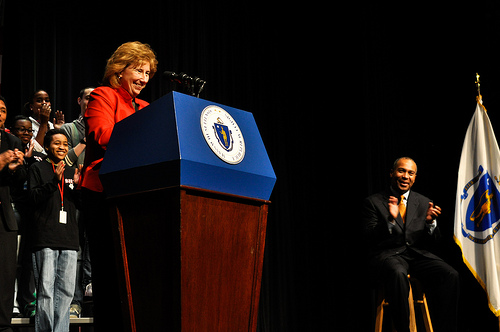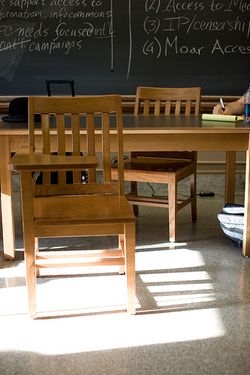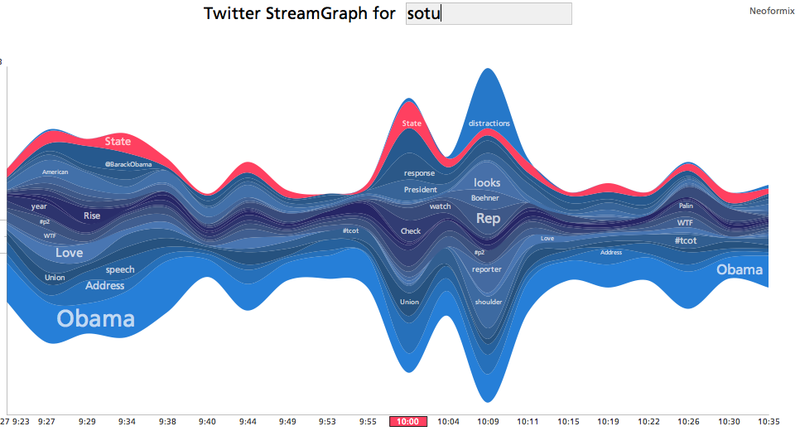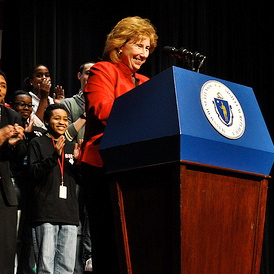
Susan Szachowicz
A few years ago, after giving a workshop at a Chicago-area conference, I relaxed over a deep-dish pizza dinner (what else?) with a few of the other presenters. I never forgot the no-nonsense approach of Susan Szachowicz, principal of Brockton High School. I was pleased to see her school profiled in today’s New York Times – “4,100 Students Prove ‘Small Is Better’ Rule Wrong” 9/27/2010.
While Arne Duncan, Oprah, and NBC’s “Education Nation” are busy blaming public school teachers, it was refreshing to see the NY Times highlight the turn around at Massachusetts’ Brockton High School that flies in the face of current ”educational reform du jour.”
A decade ago, Brockton High School was a case study in failure. Teachers and administrators often voiced the unofficial school motto in hallway chitchat: students have a right to fail if they want. And many of them did — only a quarter of the students passed statewide exams. One in three dropped out.
Then Susan Szachowicz and a handful of fellow teachers decided to take action. They persuaded administrators to let them organize a schoolwide campaign that involved reading and writing lessons into every class in all subjects, including gym.
Note that this reform was led by dedicated public school teachers (including Susan, who later became principal) advocating a return to basics – reading, writing, speaking, reasoning. It wasn’t a top-down mandate, restructuring or charter school take over. It was a (unionized) teacher-led initiative, supported by thoughtful administrators. It took place at one of the largest high school in the country – so much for Bill and Melinda’s “small is beautiful” approach.
Are public school teachers the problem or are they part of the solution? It depends on whether their unions put job security ahead of student performance. Teachers are responsible for results. But educational leaders, parents and the community are also responsible to support them. Accountability is reciprocal.
Kudos to the entire Brockton High School community. Their collaborative focus on instruction has resulted in dramatic improvements in student performance. It’s a lesson for parents, school leadership teams, teacher unions and education policy makers. Maybe Brockton can star in a sequel to “Waiting for Superman.”
Image credit: Flickr/Office of Governor Patrick
Like this:
Like Loading...







